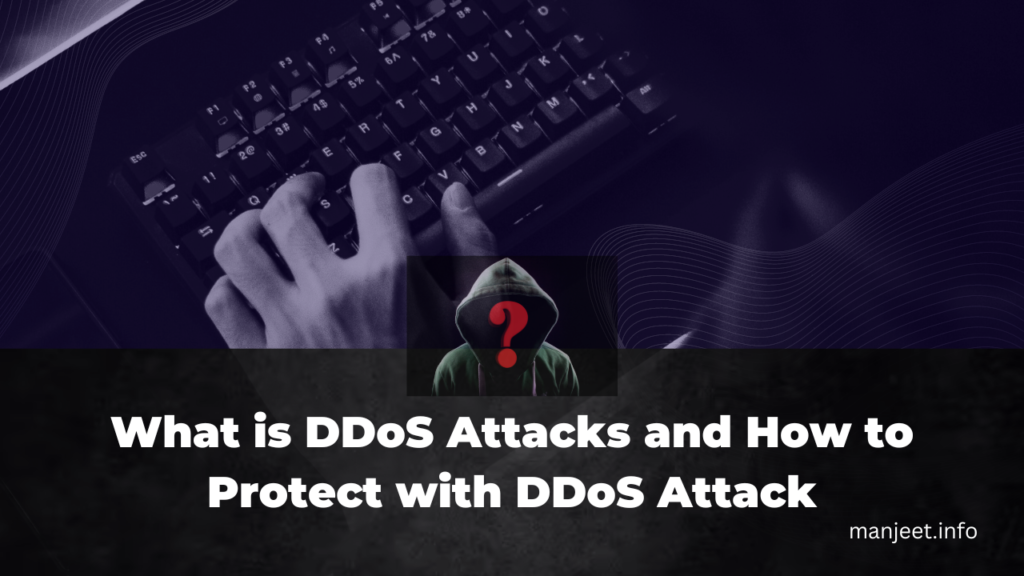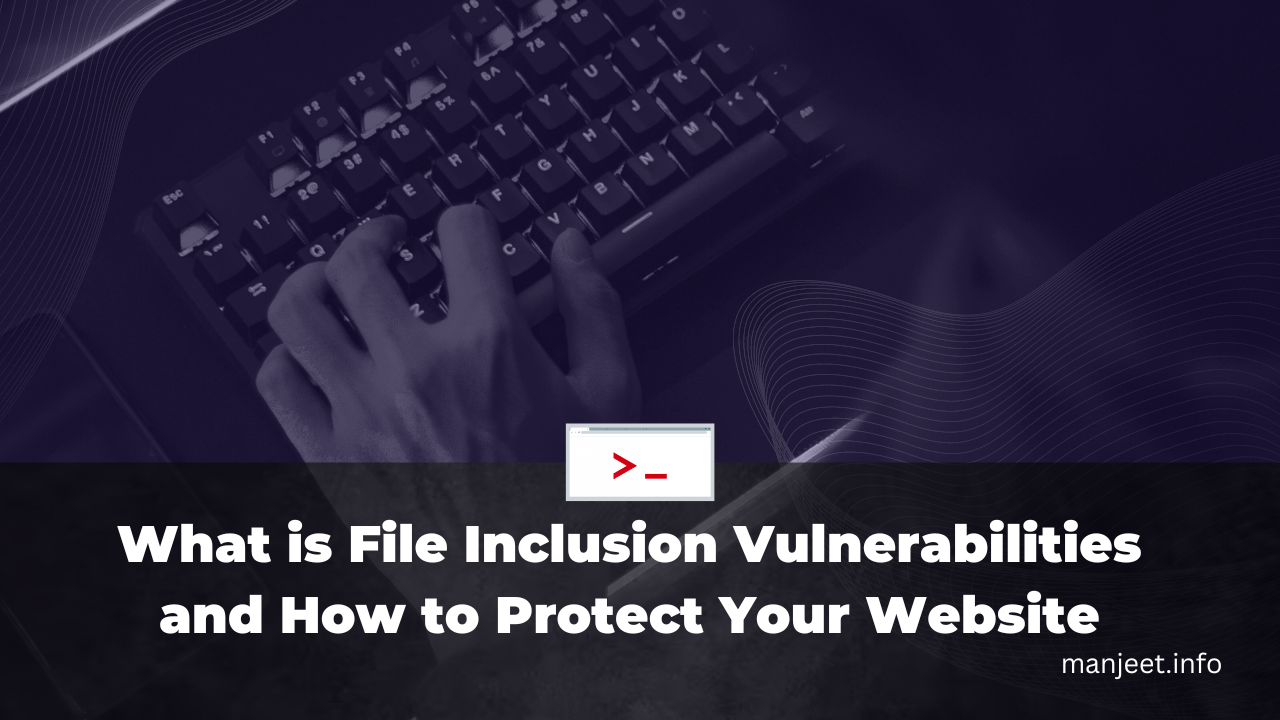Distributed Denial of Service (DDoS) attacks are one of the most prevalent threats facing businesses and organizations today. In a DDoS attack, a network or website is overwhelmed with traffic from multiple sources, rendering it unavailable to legitimate users. These attacks are often carried out by botnets, which are networks of compromised computers controlled by a hacker
DDoS attacks can cause significant harm to organizations, including lost revenue, damage to reputation, and even legal liability. As such, it is essential for businesses to take steps to protect themselves from these attacks.
What is a DDoS Attack?
A Distributed Denial of Service (DDoS) attack is a type of cyber attack in which an attacker attempts to make a website or network unavailable by overwhelming it with traffic. In a DDoS attack, the attacker typically uses a botnet, which is a network of computers that have been compromised by malware and are under the control of the attacker. The attacker can then use these computers to flood the target website or network with traffic, effectively overwhelming it and making it unavailable to legitimate users.
DDoS attacks can cause significant harm to organizations, including lost revenue, damage to reputation, and even legal liability. Therefore, it is important for businesses to take steps to protect themselves from these attacks.
How to Protect Against DDoS Attacks?
- Implement DDoS Mitigation Services: One of the most effective ways to protect against DDoS attacks is to use a DDoS mitigation service. These services provide a range of protection options, including traffic filtering and blocking, as well as network and application-layer protection. They can also offer advanced monitoring and alerting capabilities to help identify and respond to attacks quickly.
- Use a Content Delivery Network (CDN): A CDN is a distributed network of servers that can help to protect against DDoS attacks by distributing traffic across multiple servers, reducing the load on any one server. This can make it more difficult for attackers to overwhelm a single server or network.
- Harden Your Network: Implementing strong security measures such as firewalls, intrusion detection systems, and other network security measures can help to protect against DDoS attacks. Additionally, ensuring that all software is up to date with the latest patches and security updates can help to prevent vulnerabilities that attackers may exploit.
- Educate Employees: Educating employees on the dangers of DDoS attacks and how to recognize and report suspicious activity can help to prevent attacks. Additionally, implementing strong password policies, limiting access to sensitive systems, and ensuring that employees are trained in security best practices can all help to reduce the risk of a successful DDoS attack.
- Develop an Incident Response Plan: In the event of a DDoS attack, having a well-defined incident response plan can help organizations to respond quickly and effectively. This should include procedures for isolating affected systems, contacting key stakeholders, and communicating with customers and the public.
Conclusion: DDoS attacks can cause significant harm to organizations, and it is essential for businesses to take steps to protect themselves. Implementing DDoS mitigation services, using a CDN, hardening your network, educating employees, and developing an incident response plan can all help to reduce the risk of a successful DDoS attack. By taking these steps, businesses can help to ensure that their systems and networks remain secure and available to legitimate users.
Read more about Protect Your Website from Hackers: A Comprehensive Guide to Website Security







